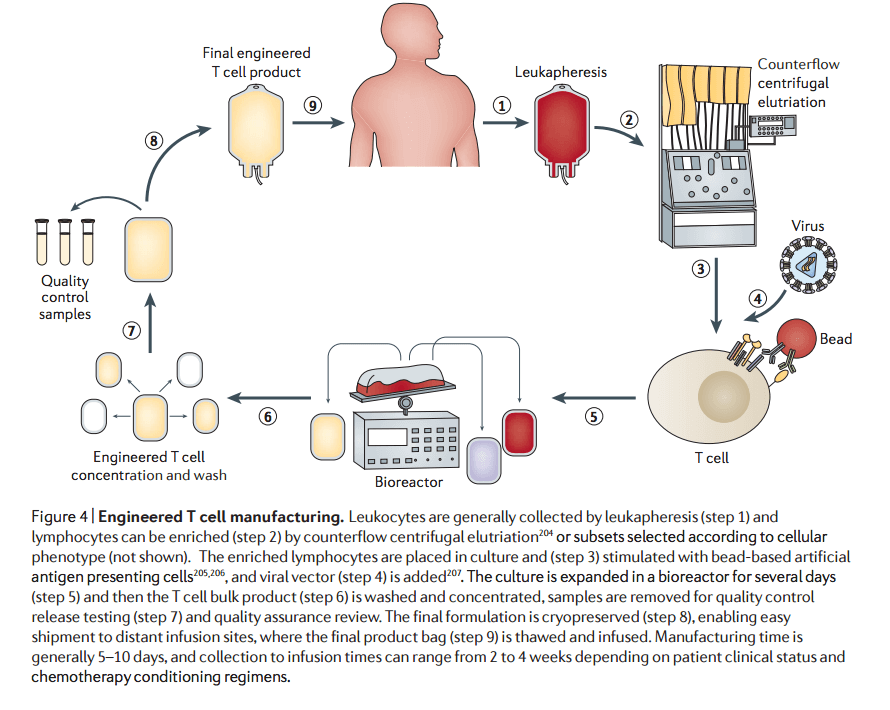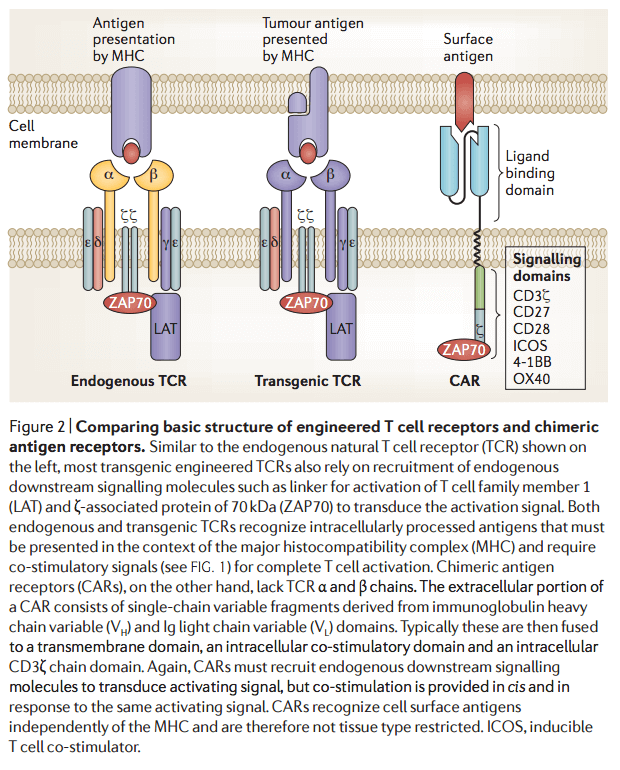Immunotherapy is the current “big thing” in cancer biology. The concept of using immune cells to target malignant cells is attractive because, till date, it is an effective treatment over a shorter period of time with tolerable side effects. Immunotherapy, apparently, is a big topic. There are two key technologies in immunotherapy: checkpoint inhibitor and CAR-T cells.
Let’s talk about CAR-T cells but let’s not go deeper.
The idea here is to use T cells to target malignant B cells. This is, in general, for patients with B cells acute lymphoblastic leukemia (B-ALL). In short, we are going to target and kill B cells in patients with B-ALL. Are you following me?
So how do we target malignant B cells here? Fortunately, we have one common target (a.k.a marker) that is present on nearly all B cells, the CD19 glycoprotein. CD19 is expressed on both benign and most malignant B cells, with an extremely limited expression on non-B cells (Fesnak et al., 206). There are alternative markers, CD20 and CD22, that are frequently expressed in non-Hodgkin lymphoma and B-ALL.
When we discuss CAR-T technology, we must realize that we are talking about weaponizing T cells with something it does not naturally express. CAR refers to chimeric antigen receptor, so this antigen must be somehow engineered into our T cells of interest, commonly by ex vivo engineering known as adoptive cell transfer. With ex vivo engineering, researchers extract T cells from patients and then engineer it to produce the chimeric antigen. That is a very generalized version of a really complex procedure.

There are two important structures for this antigen: the antigen-recognition domain (a.k.a ligand-binding domain) and the signaling domain. The antigen-recognition domain recognizes, in this case, the CD19 glycoprotein on the B cells. Upon recognition with the CD19 glycoprotein the signaling domain fires instruction for the T cell to act, thereby activating the T cell to kill its target.

What’s the next step?
We have scored great successes treating diffuse blood tumor through CAR-T cell therapy but not so much with solid tumors. Nonetheless, researchers are trying. Let’s pray for the best.
Source: Fesnak et al., (2016), Nature Review Cancers 16:566–581 (10.1038/nrc.2016.97)
p.s.: to target CD19, we call the chimeric antigen receptor as anti-CD19.